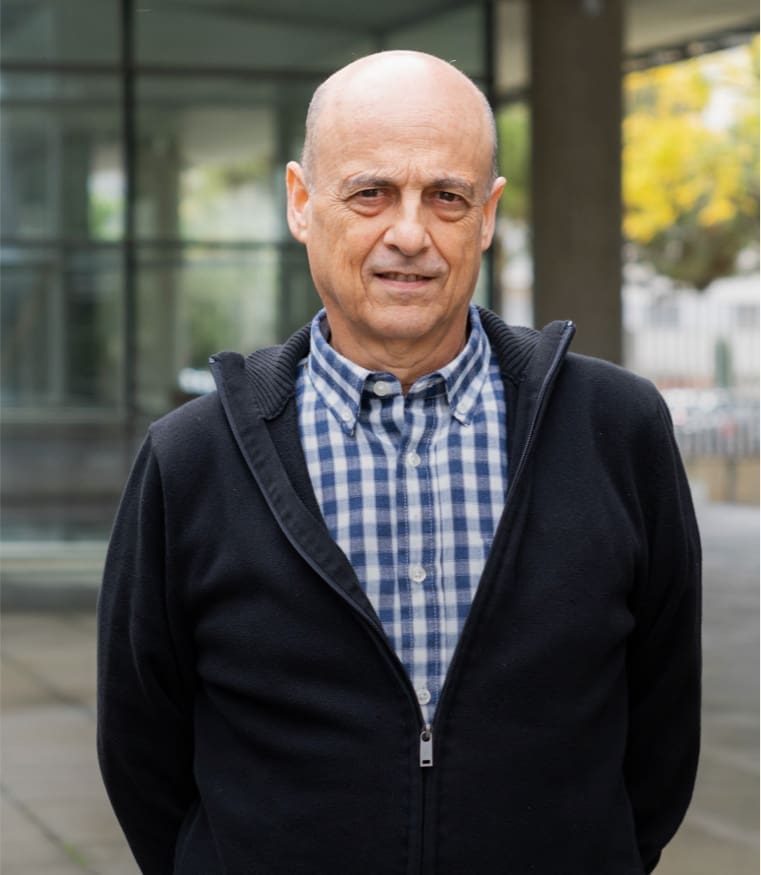Intramolecular Proton Transfer Boosts Water Oxidation Catalyzed by a Ru Complex
We introduce a new family of complexes with the general formula [Run(tda)(py)2]m+ (n = 2, m = 0, 1; n = 3, m = 1, 2+; n = 4, m = 2, 32+), with tda2– being [2,2′:6′,2″-terpyridine]-6,6″-dicarboxylate, including complex [RuIV(OH)(tda-κ-N3O)(py)2]+, 4H+, which we find to be an impressive water oxidation catalyst, formed by hydroxo coordination to 32+ under basic conditions. The complexes are synthesized, isolated, and thoroughly characterized by analytical, spectroscopic (UV–vis, nuclear magnetic resonance, electron paramagnetic resonance), computational, and electrochemical techniques (cyclic voltammetry, differential pulse voltammetry, coulometry), including solid-state monocrystal X-ray diffraction analysis. In oxidation state IV, the Ru center is seven-coordinated and diamagnetic, whereas in oxidation state II, the complex has an unbonded dangling carboxylate and is six-coordinated while still diamagnetic. With oxidation state III, the coordination number is halfway between the coordination of oxidation states II and IV. Species generated in situ have also been characterized by spectroscopic, computational, and electrochemical techniques, together with the related species derived from a different degree of protonation and oxidation states. 4H+ can be generated potentiometrically, or voltammetrically, from 32+, and both coexist in solution. While complex 32+ is not catalytically active, the catalytic performance of complex 4H+ is characterized by the foot of the wave analysis, giving an impressive turnover frequency record of 8000 s–1 at pH 7.0 and 50 000 s–1 at pH 10.0. Density functional theory calculations provide a complete description of the water oxidation catalytic cycle of 4H+, manifesting the key functional role of the dangling carboxylate in lowering the activation free energies that lead to O–O bond formation.

R. Matheu, M. Z. Ertem, J. Benet-Buchholz, E. Coronado, V. S. Batista, X. Sala, A. Llobet
J. Am. Chem. Soc. 2015, 137, 10786-10795
DOI:
Go to the journal

Let's create a brighter future
Join our team to work with renowned researchers, tackle groundbreaking
projects and contribute to meaningful scientific advancements



















